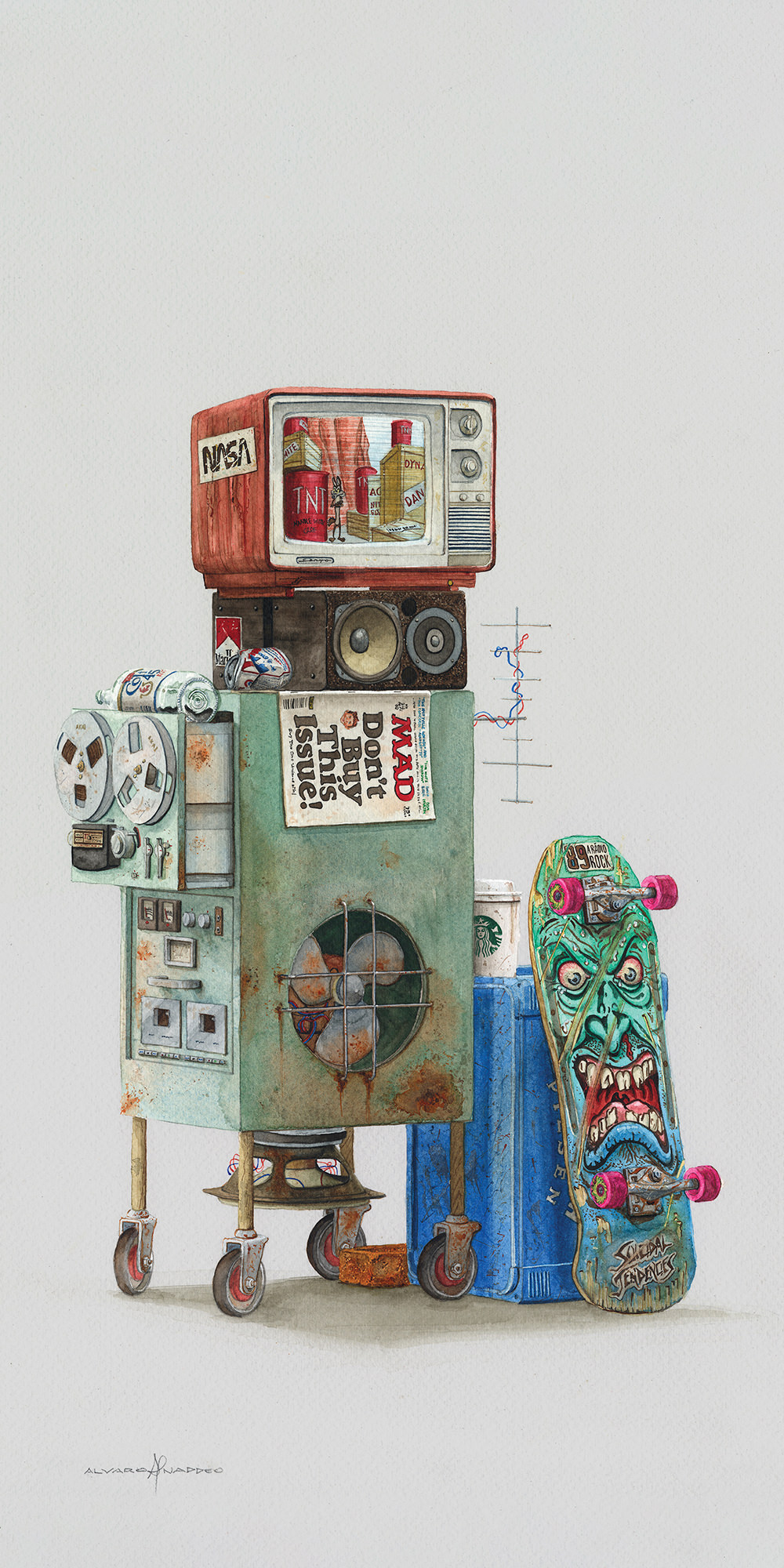I’ve been very grateful for the handful of in-person tracking sessions I’ve hosted during the pandemic. I’ve also felt greater appreciation for the gear that I consider crucial while working in my studio. When I wrote my review 8 years ago of the Lauten Audio FC-387 Atlantis large-diaphragm condenser mic [Tape Op #94], I praised the mic for its wonderfully natural sound and its ability to pair with preamps of any flavor to offer a range of characters, thanks to its onboard voice and gain controls. I also explained how the FC-387’s well-tamed proximity response gives singers confidence, because the mic is easy to “work” in achieving the desired volume, dynamics, and intimacy of the performance. I now own two of these mics; they are my favorite large-diaphragm condenser mics in my collection. I’ll go even further to say that the Atlantis is almost always my first and final choice for recording vocals. Don’t take this as an absolute; there are reasons to own other vocal mics, and in many instances, other mics will offer a more appropriate sound and recording experience. But with that said, let me dig deeper into my resoluteness. You can’t go wrong with an Atlantis, because whatever you record will sound amazing through it, regardless of your recording chain or post-processing strategy. Moreover, even if you employ a “meh” preamp and apply zero processing, the Atlantis can still capture a bigger-than-life sound. I’ve started every one of my vocal recording sessions with the FC-387, and I’ve also placed it countless times on other sources — front-of-kit, acoustic guitar, guitar amp, cello, saxophone, room, percussion, etc. — often alongside other mics for comparison. Most of the time, the Atlantis has ended up as the keeper. ••• On the other end of my recording process is the monitoring chain in my studio, which I can’t appreciate enough, especially after too many hours working from home. My purposely designed control room is furnished with acoustic treatment from Artnovion [#120] and RealTraps [#36, #38, #48, #85], as well as two PSI Audio AVAA C20 active bass absorbers [#114]. I listen through a pair of HEDD Type 30 active monitors [#118]. Revisit the reviews of these products if you want to look back on my journey to achieve a neutral and inspiring listening environment using these impressive products. Meanwhile, feeding the speakers is a well-integrated system from Dangerous Music, controlled by a Dangerous Monitor ST [#34, #43, #75]. A testament to the genius of Chris Muth and the longevity of his designs, the Monitor ST was released almost two decades ago, yet it’s still a relevant product that facilitates modern, hybrid workflows. I have mine seamlessly configured with a Dangerous CONVERT-2 DAC [#109], allowing me to switch between my many analog and digital sources — all from the Monitor ST’s comprehensive remote control. Moreover, I employ a miniDSP DDRC-22D Dirac Live audio processor [#133] for frequency and time–domain room correction. What’s amazing is that I can easily toggle the DDRC-22D into and out of my listen-chain via the source-selection buttons on the Monitor ST’s remote, because the processor is patched into the AES Thru / AES 2 digital “insert loop” of the CONVERT-2. Meanwhile, my Dangerous CONVERT-AD+ ADC [#126] serves as the master clock for my studio, distributed by a MUTEC MC-3+ Smart Clock [#106]. More often than not, I record at 48 kHz, but when I insert the upsampled 96 kHz miniDSP or choose the free-running optical output of my Google Chromecast Audio — again using the Monitor ST’s remote for source selection — the CONVERT-2 automatically switches from word clock sync to source lock. Importantly, my Dangerous Music system sounds pristine, and it works flawlessly, without any thought beyond choosing which source or insert I want to monitor.

